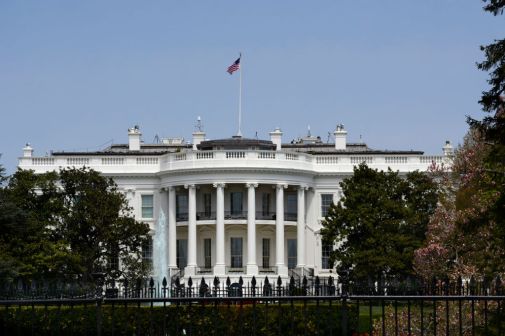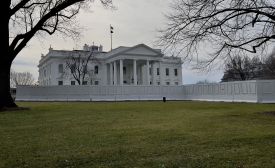The future’s bright for White House’s interactive budget, transparency

A White House interactive budget application — released this week with data from the president’s budget request for fiscal year 2017 — could unleash an unprecedented level of federalwide financial transparency, experts believe.
Powered by Socrata’s open data platform, the Office of Management and Budget published the fiscal 2017 budget plan in an open, machine-readable and visualized format for the first time on Tuesday, giving the average, non-budget-informed American citizen a deeper insight into the president’s fiscal 2017 requests.
“For any citizen who’s thinking about the future of our country, [to see] how our tax dollars are collected and spent, it’s just an incredible level of insight that previously you would have had to find the federal budget book” and thumb through it, Socrata Product Manager Kyle Hall told FedScoop. “Even someone with years of experience, it would take them a long, long time to get the level of insight that any citizen on any browser, mobile device or tablet can get in about 30 seconds now.”
The platform condenses nearly every detail from the 182-page budget plan into a data visualization tool with which citizens, as well as developers, researchers, analysts and journalists, can instantly see President Barack Obama’s agenda for American tax dollars before he leaves the White House. The White House has published its open data sets using Socrata since 2009; the company operates the entire suite of open data tools on the open.whitehouse.gov website.
Moreover, the open data platform integrates data from past budgets and projections of years to come — 26 fiscal years in total — to give users a sense of the budget’s, and federal government’s, evolution.
“Seeing this kind of information in this very visual way gives you a really interesting perspective of how the world has changed over time,” Hall said.
But it’s the data below those visualizations, Data Coalition Executive Director Hudson Hollister said, that make this platform invaluable.
It’s “not just that you can see pretty metrics. It also is that there is a data structure behind it. The raw data is available,” Hollister said. Developers can take the data, play with it, and build even more from it, he said.
And that becomes very interesting if one day the standards of the underlying data inputs are made consistent with those required by the Data Accountability and Transparency Act, which requires agencies to make their financial, budget, payment, grant and contract data interoperable when published to USASpending.gov, the federal government’s hub of publicly available financial data, by May 9, 2017.
That, Hollister said, would give every American a full view of the long tail of federal spending.
“If that happens, it will be possible to automatically flow from a proposed budget from the White House to appropriations laws once they get passed, to see how budget requests were granted or not granted,” he said. “That’s the next step.”
And because Socrata’s platform is completely scalable — the same day the $4.15 trillion federal budget plan was published, Barnstable, Massachusetts, launched its $181 million budget with the same exact technology, Socrata CEO Kevin Merritt said — that means agencies and departments can use it for their own more detailed budget breakdowns, which would feed even further back into the transparency loop.
Merritt expects more government entities to follow the White House’s lead.
“I think this is an example where the White House is really leading the way, and I think we’re going to see more and more CIOs and budget directors and other federal departments see this as the best way to communicate their priorities and their investments,” he said.






